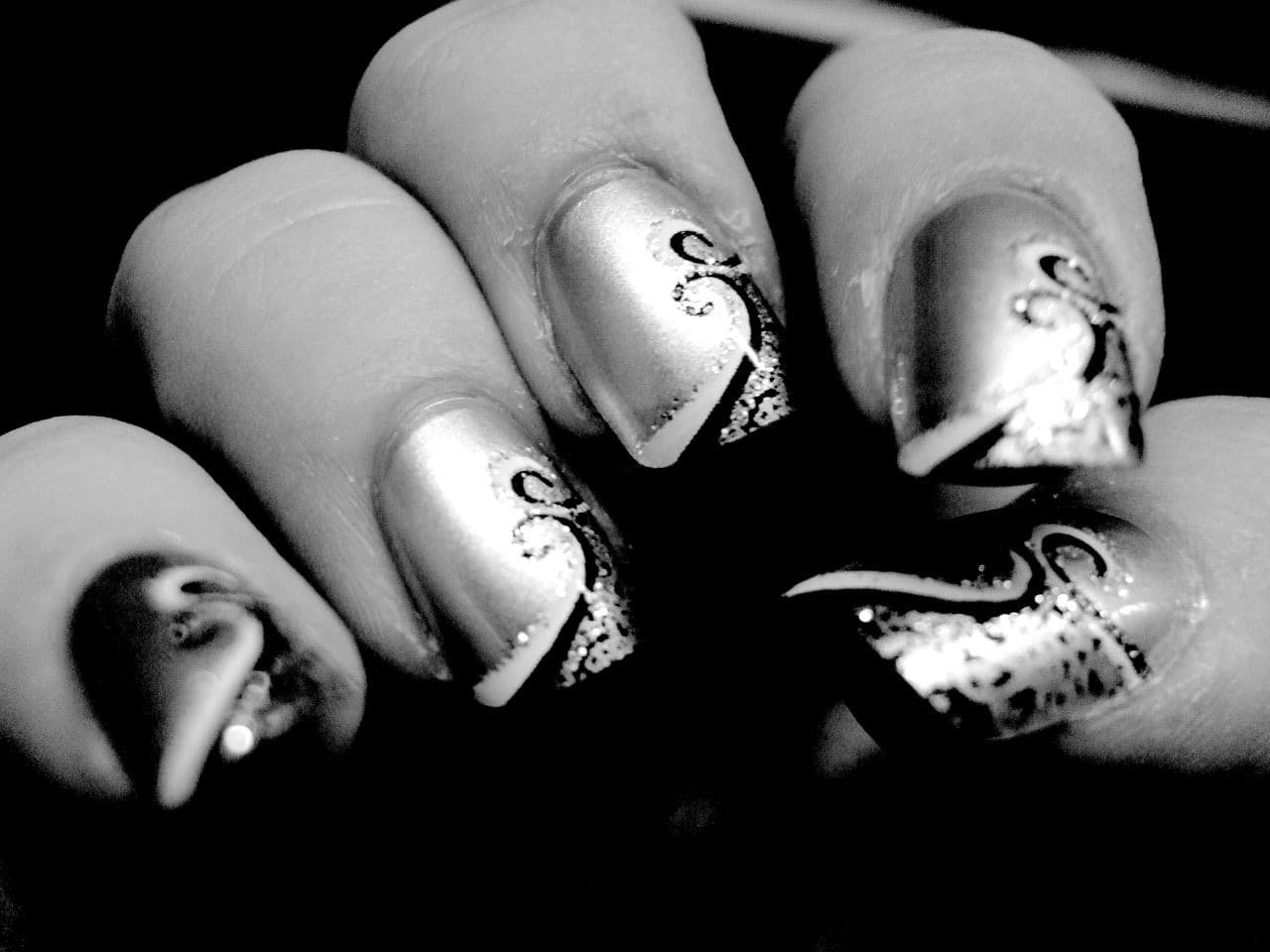Introduction
Understanding Nail Glue Stains on Clothes
Nail glue is super handy for a lot of people. It makes sticking on nails or doing quick repairs a breeze. But when it accidentally drips onto your clothes, it can be a real hassle. Anyone who’s had a little disaster during their nail time knows how frustrating it can be.
Picture this: you’re all set for a big event, ready to show off those beautiful nails. As you carefully put on some nail glue your hand slips and suddenly there’s a mess on your favorite shirt. You go to grab your fabric care guide only to find out that nail glue stains are just a pain to get out. Knowing a bit about how these stains work can really help when you’re trying to clean them up.
What Makes Nail Glue Stains Tough?
Nail glue usually has cyanoacrylate in it, which makes it stick really well to both nails and various fabrics. Once it dries, it gets even trickier to deal with. Here’s why nail glue stains can be stubborn:
- Dries Fast: Nail glue sets quickly so taking action fast is key if you want to get rid of it.
- Strong Adhesion: It sticks tightly to fabric fibers which makes cleaning a bit of a hassle.
- Different Fabrics React Differently: Some materials don’t respond well to the solvents that remove glue and can get damaged.
Understanding these things shows why you need to act quickly. If you jump into action and use the right methods, you can save your clothes from that pesky glue. This intro sets you up to learn how to handle nail glue stains and get to the cleaning methods that come after. With the right info and tools you don’t need to let a little mess ruin your stylish look.

Types of Nail Glue and Their Stubbornness
Regular Nail Glue vs. Gel Nail Glue
When it comes to nail glue, you mainly have two kinds: regular nail glue and gel nail glue. Each type has its quirks and challenges when there’s a spill on your clothing.
Regular Nail Glue This type often has cyanoacrylate in it and is loved for its quick bonding ability. It’s great for tips, repairs, and even those press-on nails. Here’s what you need to know:
- Dries Fast: Bonds securely in a matter of seconds.
- Easy to Use: Comes in small containers so it’s precise when applying.
- Stain Trouble: If spilled it sticks to fabric quickly and sets in minutes.
Gel Nail Glue This one is mainly used for longer-lasting nail designs. It has a stronger finish but can be a bit trickier with fabrics.
- Thicker Texture: Usually more substantial and sticky.
- Requires UV Light: Often needs UV light to set which can complicate cleaning up any spills.
- Stubborn Stains: Once it sets, it can resist cleaning agents more than regular glue.
Impact on Fabric and Difficulty of Removal
The sticking power of both regular and gel nail glue can lead to tough stains on any fabric. Knowing this helps you deal with the problem before it gets worse.
- Fabric Types Matter: Delicate fabrics like silk or lace can be damaged by bleach or strong cleaning agents while sturdier materials like denim hold up better.
- Glue Penetration: Nail glue dries quickly and can soak into fabric fibers, making fast action crucial.
- Common Misconceptions: Some think soaking the glue in water helps. But that can actually make it worse especially with regular glue which can get messier.
To wrap it up whether it’s regular or gel nail glue they can both lead to heartbreak if spilled on your clothes. Their fast-drying and strong sticking properties create challenges so acting promptly and using the right methods is vital to cleaning up. Knowing the differences helps you choose the best removal techniques and keep your favorite clothes intact.
Effective Methods to Remove Nail Glue
Using Acetone and Cotton Pad
One solid way to deal with nail glue stains is using acetone. It’s a strong solvent that’s great at breaking down glue. Lots of people like this method because it’s simple and quick.
Steps to Use Acetone:
- Test the Fabric: Before getting started do a patch test on a hidden area like a seam to see if acetone might damage or discolor the fabric.
- Gather Supplies: Get a cotton pad or ball, some acetone (nail polish remover does the trick too), and a clean cloth.
- Dab the Stain: Soak the cotton pad in acetone and gently dab the glue stain. Don’t scrub hard just yet to avoid spreading it.
- Patience is Key: Let the acetone sit for a minute or two to soften the glue.
- Gently Rub Away the Glue: After it sits use the cotton pad to lightly rub the area from the outside of the stain towards the center.
- Rinse and Repeat: Rinse the fabric with cold water and repeat if any glue is still sticking around.
This technique has saved a lot of garments from what seemed like permanent stains and watching the stain lift is super satisfying!
Freezing the Glue and Scraping
If you’re up against a stubborn or dried glue stain, freezing can really help. This trick hardens the glue making it a breeze to take off.
Steps to Freeze the Glue:
- Ice Pack Application: Get a bag of ice or frozen veggies and put it on the glue stain. Leave it there for about 10-15 minutes or until the glue feels hard.
- Scrape Off the Excess: Use a dull knife or spoon to carefully scrape away as much of the glue as you can. Just be careful not to ruin the fabric.
- Follow Up with Cleaning Solutions: After scraping, you might need some additional cleaning. At this point, go back to the acetone method or use warm water mixed with dish soap to tackle any leftover glue.
This method works great on tougher fabrics like denim or cotton letting you clean thoroughly without wrecking anything.
Mixing these techniques can really pack a punch against nail glue stains getting your clothes looking good as new fast!
Precautions and Safety Measures
Testing on a Small Area
When a nail glue accident happens it’s easy to rush and stress over a stained piece of clothing. But having patience can really save your clothes when you’re taking those stains off. One important step is to always test on a small area of the fabric, whether you’re using acetone, vinegar, or something else.
Why Testing is Important:
- Avoid Damage: Different fabrics have different reactions to cleaning solutions. By testing in a less visible area you’ll know if your solution could discolor or ruin the material.
- Peace of Mind: Knowing that your cleaning method is safe for your fabric lets you clean without worrying about ruining your favorite pieces.
Steps for Testing:
- Choose a Hidden Spot: Find a spot that’s not easy to see like a seam or hem.
- Apply the Solution: Dab a little bit on the chosen spot.
- Wait and See: Let it sit for a minute then check for any reactions. If the fabric looks fine, you can proceed without worry.
Taking that extra few minutes to test can save you a lot of trouble later!
Avoiding Harsh Chemicals
While it’s tempting to grab super strong cleaners that promise fast fixes using harsh chemicals can really damage your fabric.
What to Keep in Mind:
- Fabric Sensitivities: Delicate fabrics like silk lace or some synthetics can react badly to harsh chemicals causing discoloration or tearing.
- Eco-friendly Choices: Lots of everyday items like vinegar and baking soda can effectively deal with nail glue without harming your fabric or the planet.
Here are some tips to avoid harsh chemicals:
- Read Labels: Always look at what’s in cleaning products and steer clear of anything with bleach or strong solvents if your fabric isn’t compatible.
- Mild Detergents: For stain removal go for gentle non-bleach detergents made for delicate items.
- Follow Care Instructions: Stick to the manufacturer’s care tags on your clothes to know how to clean them safely.
By keeping safety and gentleness in mind you ensure your fabrics stay looking good while also being kind to the environment. Taking time to be cautious with cleaners can keep your wardrobe sharp while reducing harm to nature.
Tips for Handling Nail Glue Accidents
Quick Response and Immediate Action
Accidents happen and getting nail glue on your clothes can feel like a mini-crisis. But how you react right away can make a big difference in getting rid of the stain. The trick is to take quick action.
What to do right away:
- Stay Calm: How you respond matters. Keeping cool will help you tackle the situation better.
- Check the Damage: Look at how bad the spill is. If the glue is still wet it’s easier to get rid of.
- Act Fast: The sooner you tackle the stain the better. If the glue is starting to dry soak the area in cold water for about 15 minutes. This helps soften the glue so you can remove it more easily.
- Gently Scrape: Use a dull knife or a fingernail to carefully scrape off any extra glue. Just do it lightly to avoid harming the fabric.
- Have Cleaning Supplies Ready: Get your cleaning items on hand like acetone rubbing alcohol or mild soap since they can help with removing the glue once it’s softened.
I remember once I spilled nail glue on my favorite shirt just before heading out. Because I responded quickly soaking it in cold water and using dish soap saved the day and my shirt!
Seeking Professional Help if Necessary
Sometimes even with your best shot a nail glue stain can be tough and that’s when it’s perfectly okay to think about getting professional help. If you’re dealing with delicate fabrics or a favorite piece of clothing don’t hesitate to ask for a little assistance.
When to think about professional help:
- Delicate Fabrics: If your clothes are made from silk wool or lace, getting professional cleaning might be the best way to go to prevent damage.
- Irreplaceable Garments: For items that mean a lot to you, like a wedding dress or family heirloom it’s safer to get an expert’s help.
- Stubborn Stains: If you’ve tried everything and the glue just won’t come off, a professional cleaner probably has the right products and techniques to effectively deal with the stain without damaging the fabric.
In any case don’t hesitate to talk to a dry cleaner. Most have seen their fair share of stains and can give you advice or help clean up. Remember clothing accidents happen to everyone but with the right moves you can save your favorite pieces and keep looking good!

Leave a Reply